The World Chess Championship is a two-man tournament that occurs biennially (once in two years).
The special tournament determines the chess player who will claim the right to be called the World Champion. It is open to all ages and genders.
However, other classes of World Chess Championships which include separate championships for women, youth categories, seniors, and even computers, have been developed over time.
This apex tournament makes use of the classical time control. Similarly, there are also separate championships according to time controls like blitz and rapid.
Chess960 and problem-solving are the least popular world championships in chess.
That said, let’s take a deep dive into the history of the world chess championship.
Where and How It All Started
The title of Chess World Champion dates back to the 16th century.
Ruy Lopez de Segura, the founder of the Ruy Lopez/Spanish Opening, was the first World Champion in 1559, albeit an unofficial World Champion.
Unofficial World Champions didn’t claim their title through a formal tournament setting. They simply gained the right to the title due to their dominance over other chess players.
Some of the popular players we know today were unofficial World Champions.
Gioachino Greco who discovered the Greco Mate, Francois-Andre Philidor who discovered the Philidor opening, the famous Paul Morphy, and others, were all unofficial World Champions.
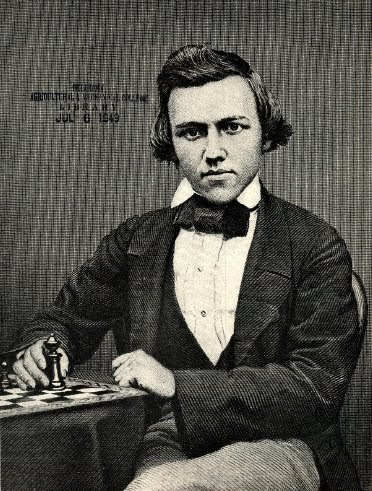
Today, Wilhelm Steinitz is regarded as the first official World Champion. He was dethroned by the German Emanuel Lasker who holds the record of being the longest-serving world champion.
FIDE was founded in Paris on 20 July, 1924 but didn’t determine the World Chess Championship tournament until 1948. So far, 16 undisputed champions have emerged.
It’s important to mention that a rift between FIDE and a group of elite players led by the sitting World Champion, Garry Kasparov, ensued in 1993.
From 1993 to 2006, there were two different sets of World Champions—The Classical World Champions and the FIDE World Champions. In 2006, all disputes were settled, and Vladimir Kramnik continued as an undisputed World Champion.
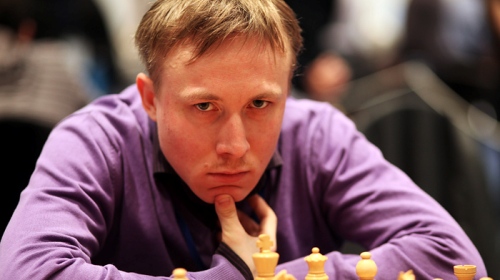
Interestingly, the World Chess Championship is not all about the qualification process.
Since as early as the late 1950s, the defeated World Champion has had the right to claim a rematch.
Mikhail Botvinnik lost his crown to Vasily Smyslov, both of the Soviet Union, in 1957 but was able to reclaim his crown the following year.
The same occurred between Mikhail Botvinnik once more and the magician from Riga, Mikhail Tal between 1960 and 1961.
The last time a rematch between an incumbent World Champion and an overthrown World Champion took place was in 2008 after Viswanathan Anand defeated Vladimir Kramnik in 2007. Anand won the rematch to remain World Champion.
Now, let’s take a more detailed look at the unofficial world champions we’ve ever had in our chess world.
Who Were The Unofficial World Champions?
The players in this category did not bear the title by official standards but by reputation. They include:
1. Rodrigo ‘Ruy’ Lopez de Segura
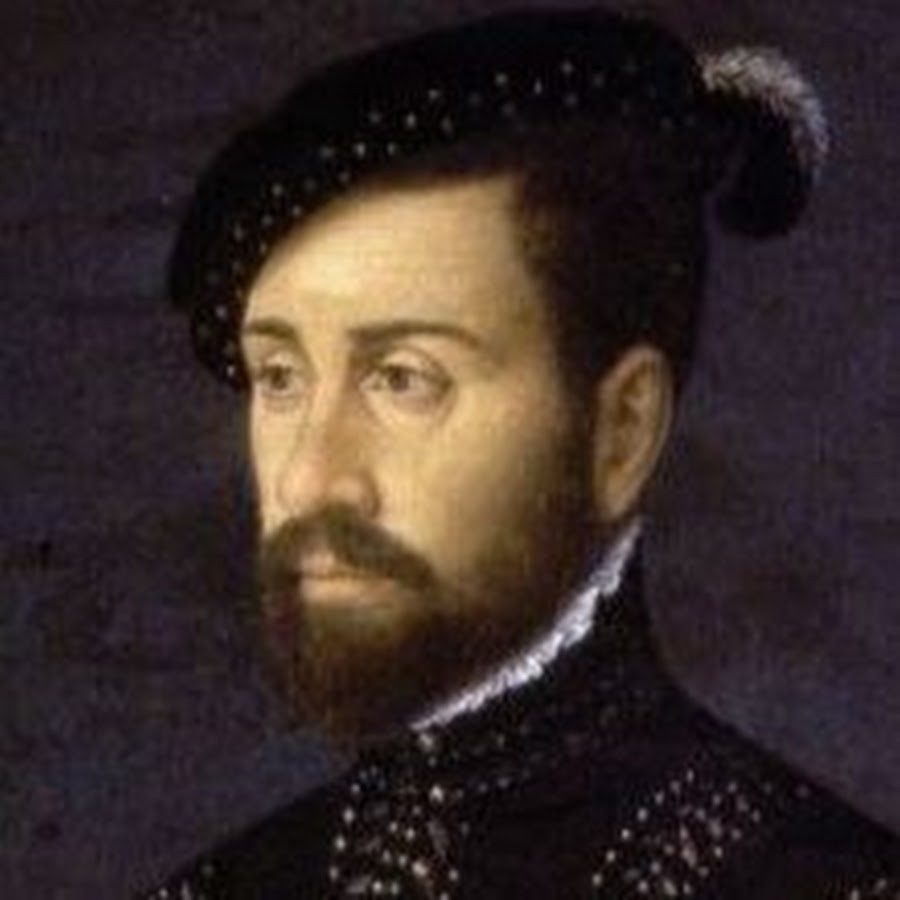
Ruy Lopez was a Spanish priest and arguably one of the best chess players of the 16th century. He was an unofficial World Champion for about 20 years.
Blindfold chess was one admirable skill Lopez used to win the hearts of the chess lovers of his time. His most notable contribution to the game of chess is the Ruy Lopez opening.

The Ruy Lopez opening is also called the Spanish Opening.
2. Giovanni Leonardo Di Bona
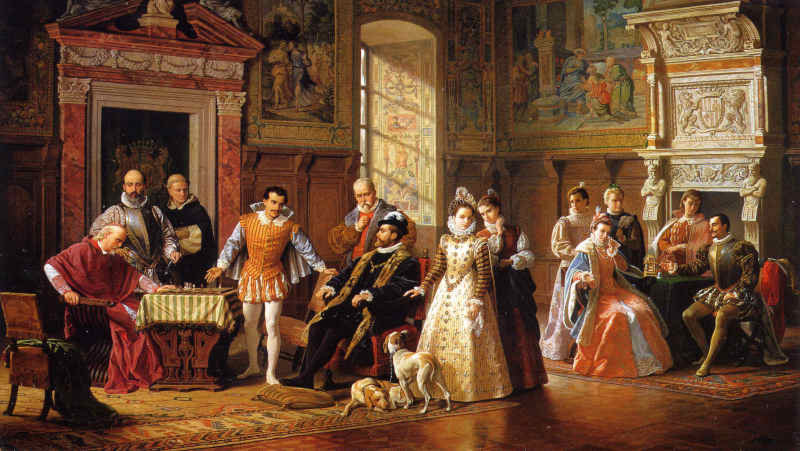
Giovanni Leonardo was a lawyer that originated from the kingdom of Naples—now known as Italy.
He was also a fine player of the 16th century and competed with the likes of Ruy Lopez and Paolo Boi. Calling his town, Cutro, the “City of Chess” is one of his legacies to the chess world.
3. Paolo Boi
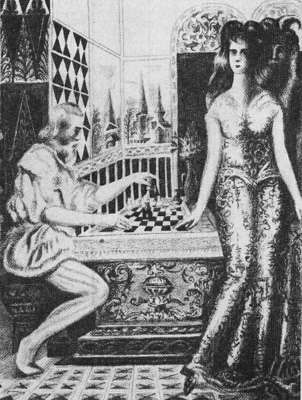
Paolo was another Italian player that chose chess over religion.
Joining Ruy Lopez to wow spectators through blindfolded simultaneous exhibitions earned him favors from notable figures like Catherine de Medici.
Paolo Boi might not have made a contribution that lasted through time, but he deserves credit for playing a pioneering role in chess during his era.
4. Alessandro Salvio
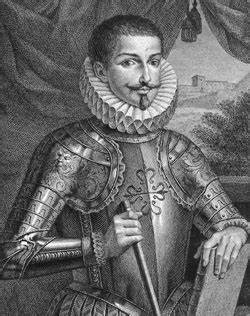
Chess academies today ought to pay some tribute to this legend, as he birthed a trend of chess academies to fertilize the chess-playing culture of his region.
The Salvio Gambit of The King’s Gambit is where he left his mark in chess theory to this day. Salvio also embedded some details in the understanding of the Lucena position, which comes to play in the endgame.
5. Gioachino Greco
Like several other undisputed World Champions, Greco sought and defeated strong players across major European regions. He was a master in the art of finding beautiful combinations.
This talent led him to discover a mating pattern called Greco Mate. This mating pattern makes use of the Rook/Queen and Bishop.
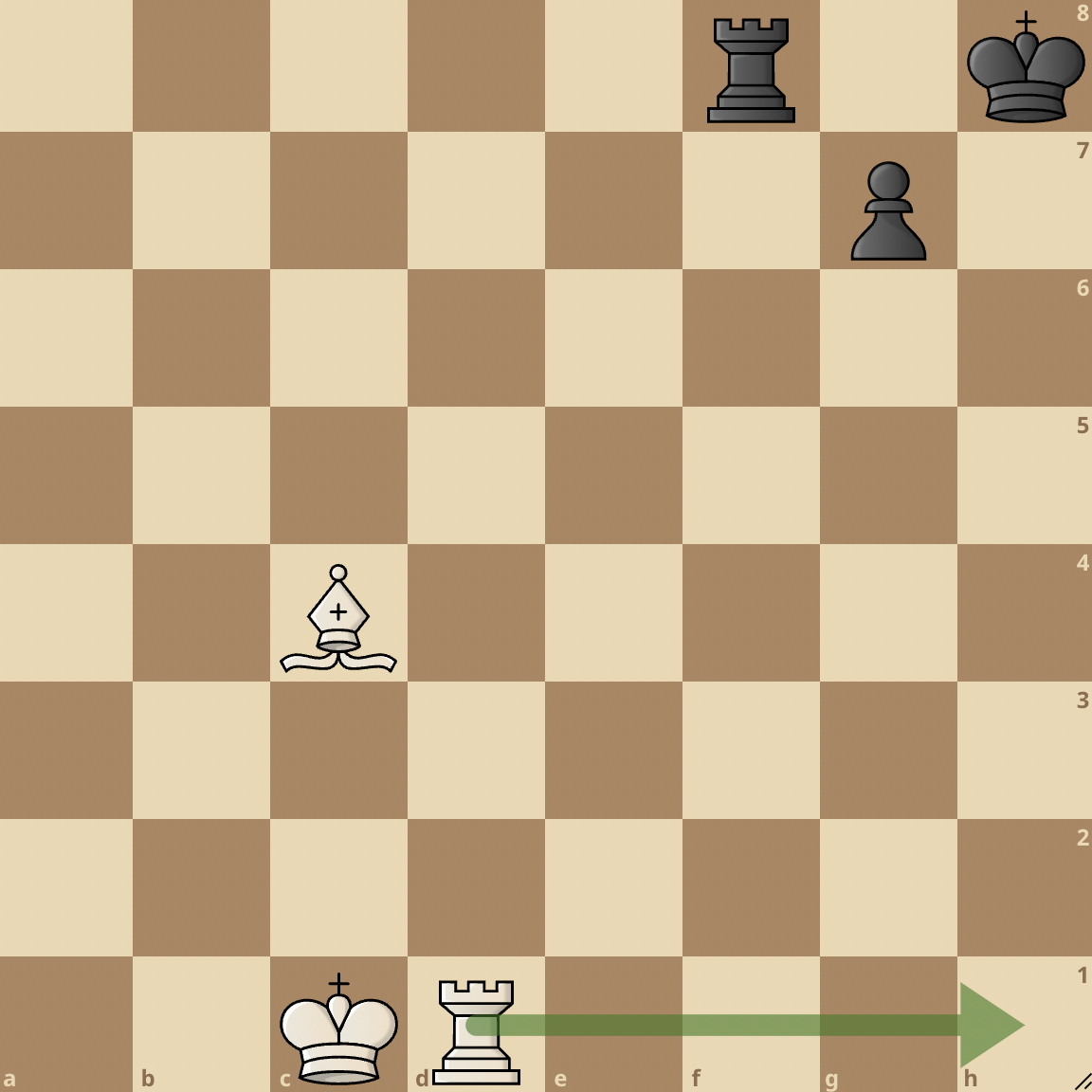
The mating pattern was not his only contribution to chess, as the Greco defense is also named after him. He proposed other opening variations. In summary, Gioachino Greco wass the first professional chess player.
6. Legall de Kermuer
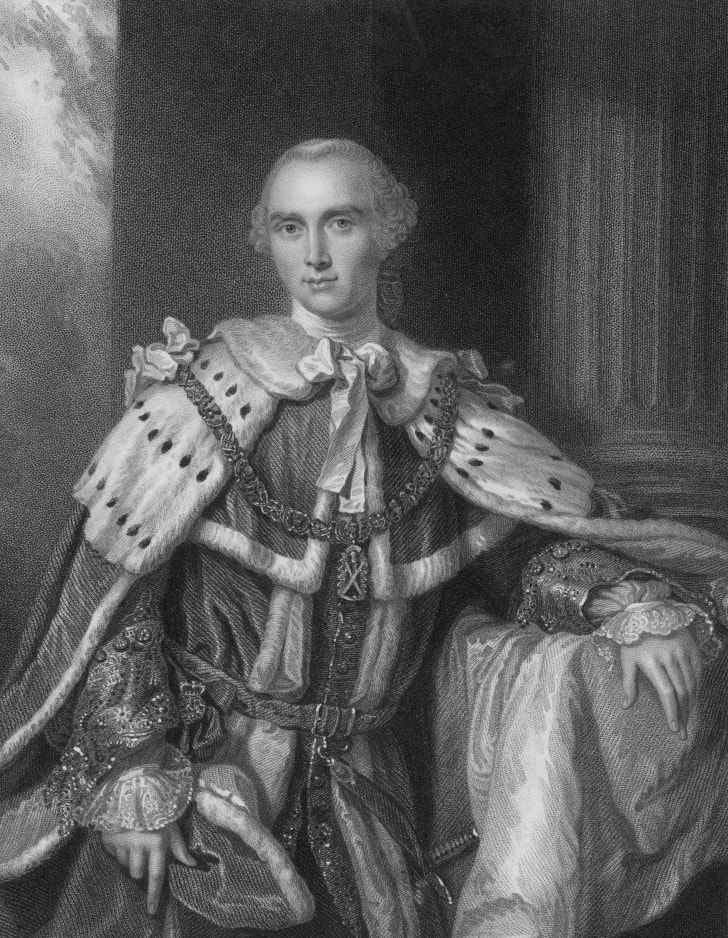
Legall was a player that answered “teacher” from chess great, Francois-Andre Philidor.
This French player was the best player between 1730 and 1755. He was brilliant in finding combinations, as the Legal Mate was another way he stamped his name firmly in the history books.
In this mating pattern, the Queen is sacrificed in an opening trap (Legall’s Trap) to draw the king into an admirable net of checkmate.
7. Francois-Andre Danican Philidor

It didn’t take long for Philidor to follow in the footsteps of his mentor, Legall de Kermeur, to become the best chess player in the world.
He dedicated his life to chess and developed many popular chess theories that are still in use today.
His opening for Black—The Philidor Defense’s most popular usage was arguably in the Opera Game between Paul Morphy and Duke of Brunswick and Count Isouard.
Other contributions include the Philidor position in the endgame, and like his mentor, a mating pattern called Philidor mate.

This mate—also called the Smothered Mate—is described by many chess players as the most beautiful type of mating pattern.
8. Alexandre Descapelles
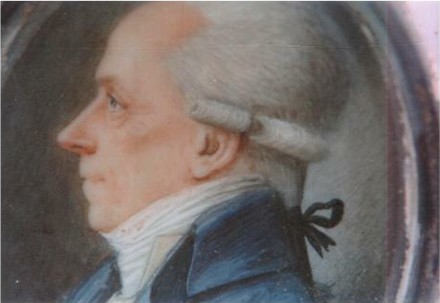
The French extended their dominance through Descapelles from 1815 to 1821. His time in military service didn’t prevent him from having a strong affinity for chess.
Even after losing his right hand to war, Alexandre Deschapalles kept his habit of giving odds to skilled players and defeating them.
He is one of the earliest chess hustlers because he loved to make stakes on his games.
9. Louis-Charles Mahe de La Bourdonnais
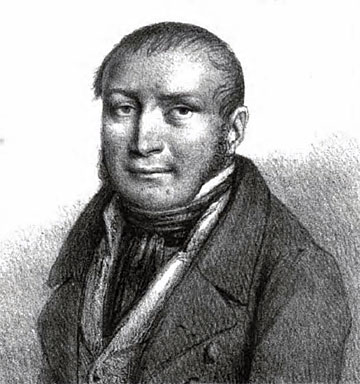
Here is another French chess legend who took after his mentor Alexandre Deschapalles. He turned to chess as a last resort after squandering his wealth in poor investments.
Louis-Charles’s contribution to chess theory is not clear as of the time of writing.
10. Howard Staunton

Most of the chess pieces used today are Staunton sets.
We have English Howard Staunton, who was the key promoter of this design, to thank for that.
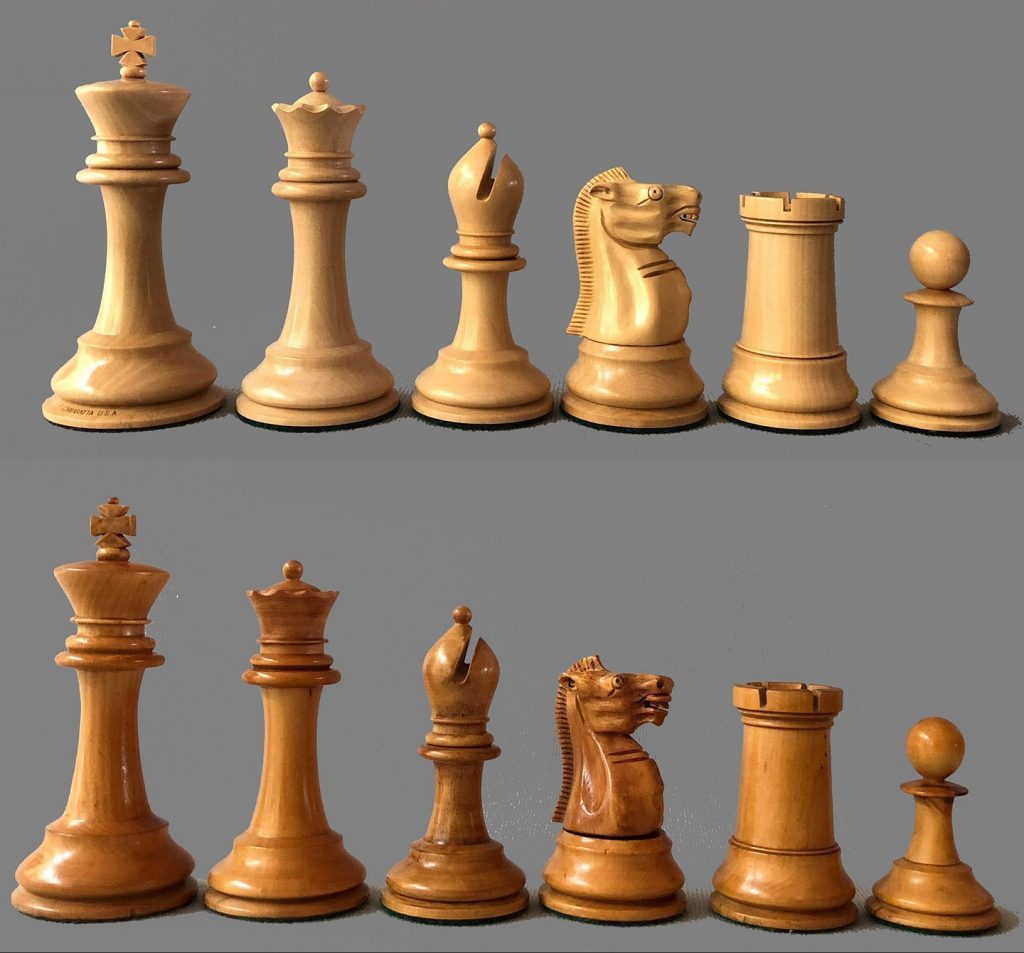
Staunton ended the French dominance in the chess world after defeating Saint-Amant. He also has an opening named after him called, the English Opening. It’s one of the most popular openings today.
11. Adolf Anderssen

Winning the international chess tournaments pioneered by Howard Staunton led the German chess player to become the disputed World Champion.
Anderssen was a mathematician who loved to play chess in his free time.
Anderssen has an opening named after him called the Anderssen’s Opening, which is an irregular opening (1.a3). He was defeated by Paul Morphy but reclaimed his reputation as World Champion when Morphy quit chess.
12. Paul Morphy
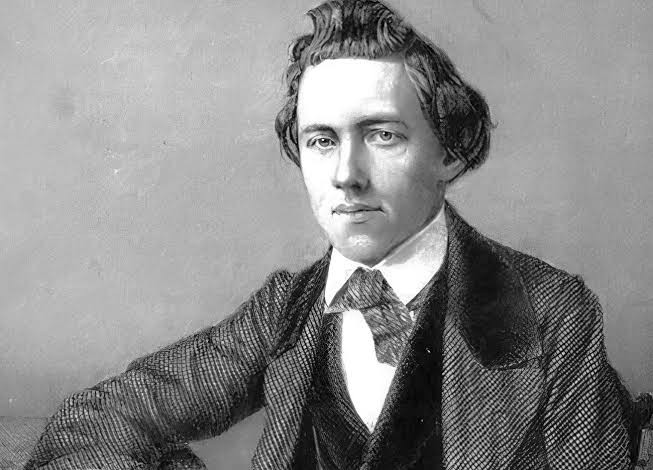
“The ability to play chess is a sign of a gentleman, while the ability to play chess well is the sign of a wasted life“, this was a witty quote made by Paul Morphy.
Morphy was a genius chess player who is considered to be the best chess player of his time.
Regardless of his rare talent, he notably retired early from chess to focus on his career as a lawyer. The American made several contributions to chess in his short time as a professional chess player.
The Morphy mate—a checkmate pattern, and the Morphy defense variation of the Ruy Lopez, are some of his legacies.
13. Wilhelm Steinitz

Before the World Chess Championship became official, Wilhelm Steinitz already had the reputation of the World Champion.
The Austria-Hungarian maestro would go on to make his reputation undisputed in 1886 when he won the first-ever World Chess Championship.
14. Johannes Zukertort

Just before the debut of the World Chess Championship, English chess master Johannes Zukertort was jointly declared World Champion along with Wilhelm Steinitz.
He discovered and named one of the most popular flank openings called the Zukertort Opening(1.Nf3).
How Qualifications Happen For The World Chess Championship Today
Playing in the World Chess Championships is as difficult as one can imagine.
Only the best of the best make it to that stage. First, to emerge as a challenger for the World Champion title, a player must seal victory in the Candidates’ Tournament.
Like its name implies, the Candidates’ Tournament determines a candidate for the World Chess Championship. It uses the Round Robin system and can only accommodate 8 players.
Qualification to the Candidates’ Tournament can be determined by rating. It can also be by wild card, or by winning or reaching the final of certain high-profile tournaments.
The primary way to qualify for the Candidates is by reaching the final round of the Chess World Cup. The FIDE Grand Prix and the Grand Swiss are also routes of qualification to the Candidates’ Tournament.
If you’re wondering how one gets to qualify for the World Cup, it’s by winning Zonal Tournaments in every continent.



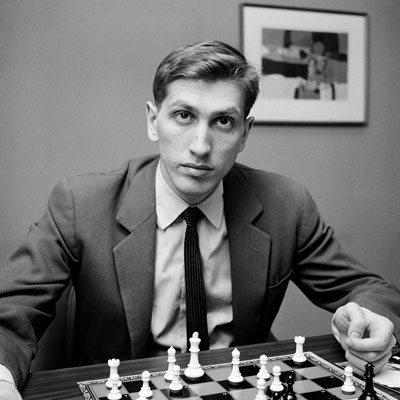
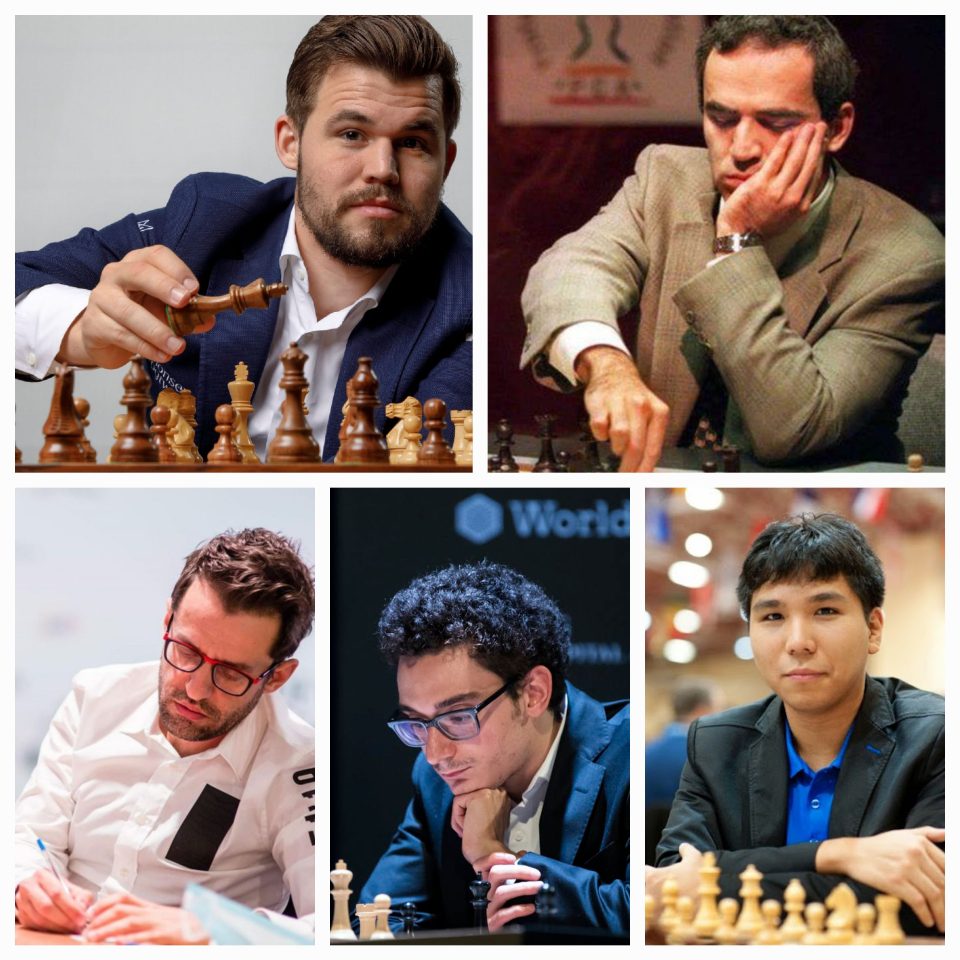

join the conversation